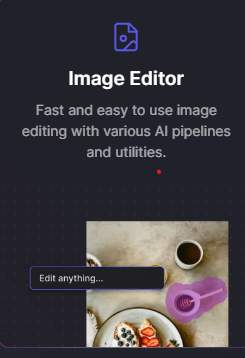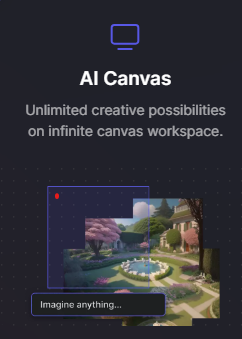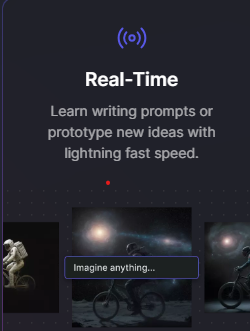LitMaps
Today we will be making a recommendation for Litmaps, a platform designed to assist researchers and students in performing literature reviews by visualizing academic papers in an interactive, citation-based network.
Litmaps helps users discover, track, and organize relevant academic literature, allowing them to monitor new research, create “seed maps” for specific topics, and collaborate with others.
Litmaps is particularly useful for finding key papers and uncovering citation relationships that might otherwise be overlooked. It simplifies the process of keeping up with new publications and organizing research projects.
LitMaps Discover

The Discover feature on Litmaps is designed to help researchers efficiently uncover new, relevant academic papers through an intuitive, citation-based network. It allows users to visualize how papers are interconnected by their citations, making it easier to find key research that may have been missed through traditional search methods. By exploring this dynamic citation network, users can uncover valuable resources and connections within their field.
One of the key advantages of the Discover feature is its ability to keep researchers updated on the latest publications. Once a user identifies a core set of papers, Litmaps continuously tracks new research that cites these papers, alerting users to important updates as they happen. This ongoing discovery process ensures that users stay informed on cutting-edge developments without needing to manually search through vast databases.
Litmaps not only helps users find new research but also allows them to tailor the discovery process to their specific needs. Researchers can create personalized “maps” for their topics, organizing literature based on citations and relevance. The Discover feature enhances the research workflow by enabling a more visual, systematic approach to literature review, ensuring that no important papers go unnoticed.
LitMaps Visualize
The Visualize feature in Litmaps provides researchers with an interactive, citation-based map that visually displays the connections between academic papers. This feature allows users to see how key studies are interconnected, revealing citation relationships and emerging trends within their field. By visualizing the literature in this way, researchers can quickly identify influential papers, trace the development of ideas, and understand the broader context of their research topic.
With the ability to track new citations and updates, the Visualize feature ensures researchers stay current. As new papers are published, Litmaps automatically updates the visual network, making it easier to discover fresh insights. This interactive approach transforms the often-overwhelming task of literature review into a streamlined, engaging process, allowing researchers to focus on the most important connections in their field.
The customizable nature of the Visualize feature means users can create personalized maps tailored to their research needs. These maps allow for better organization of literature and a deeper understanding of the academic landscape, making Litmaps an indispensable tool for conducting efficient and comprehensive literature reviews.
LitMaps Share
The Share feature in Litmaps is designed to foster collaboration among researchers by allowing users to share their citation maps. Whether working on a team project or collaborating with a research group, this feature provides a seamless way to distribute interactive citation networks. By sharing maps, team members can explore the relationships between academic papers, helping ensure that everyone is aligned and up-to-date on the relevant literature.
Users have the option to share their maps publicly or privately, depending on the nature of their research. Public sharing makes it easier to contribute to broader academic discussions, while private sharing ensures secure collaboration within closed research groups. This flexibility makes the Share feature ideal for both individual and group research projects, promoting efficiency and insight.
The ability to share citation maps fosters a collaborative approach to literature review, enhancing the research process for teams. Colleagues can provide feedback, explore new directions, and uncover gaps in the literature together. This feature not only streamlines communication but also enriches the depth of academic research by promoting shared knowledge and collaboration.
LitMaps Monitor
The Monitor feature in Litmaps enables researchers to keep track of the latest developments in their field by automatically notifying them when new papers or citations are added to their citation maps. This feature eliminates the need for manual searches, allowing researchers to receive updates in real-time about key papers, emerging trends, or new works citing relevant research.
With the Monitor feature, users can customize which papers or topics they want to follow, ensuring that they stay up-to-date on important publications. This tool is particularly helpful for ongoing literature reviews, where staying current is essential. By continuously monitoring research activity, Litmaps enhances the research process, ensuring that no critical developments are overlooked.
In addition to keeping users informed, the Monitor feature also helps researchers save time. Instead of combing through databases to find new work, users can rely on Litmaps to deliver updates directly to them, enabling more efficient tracking of literature. This empowers researchers to focus on analysis and writing, knowing they won’t miss significant research in their field.
To subscribe to LitMaps just click the link below.









